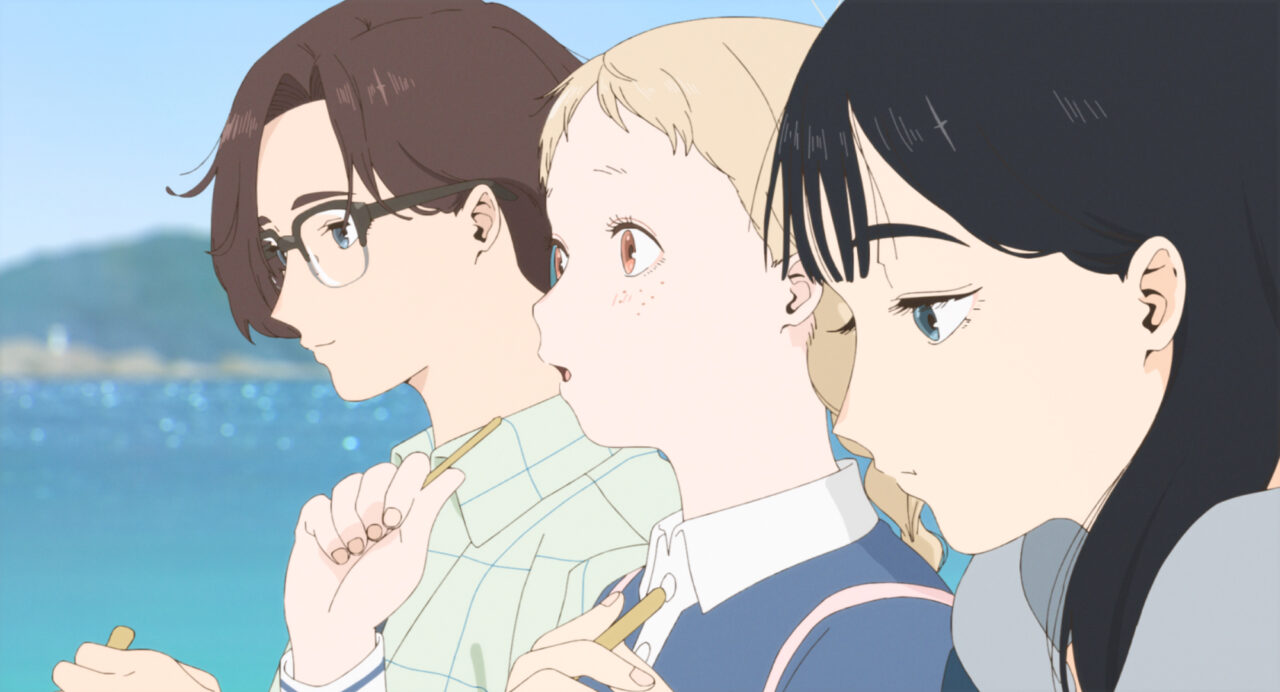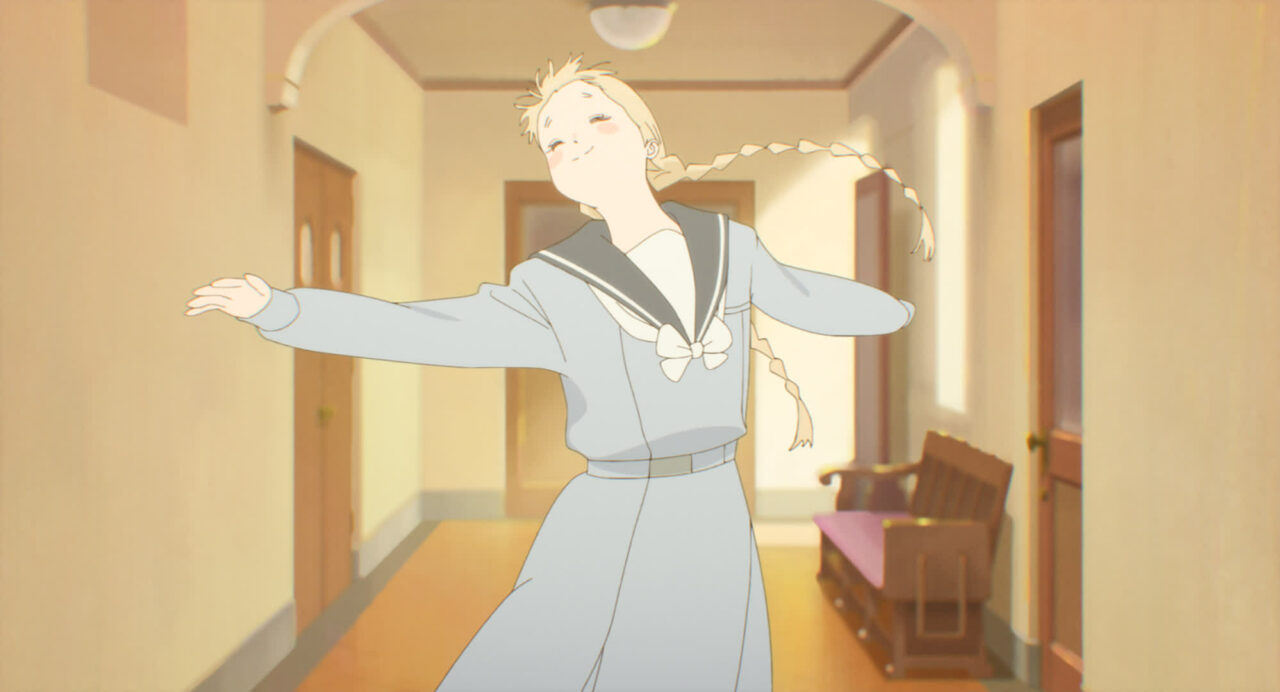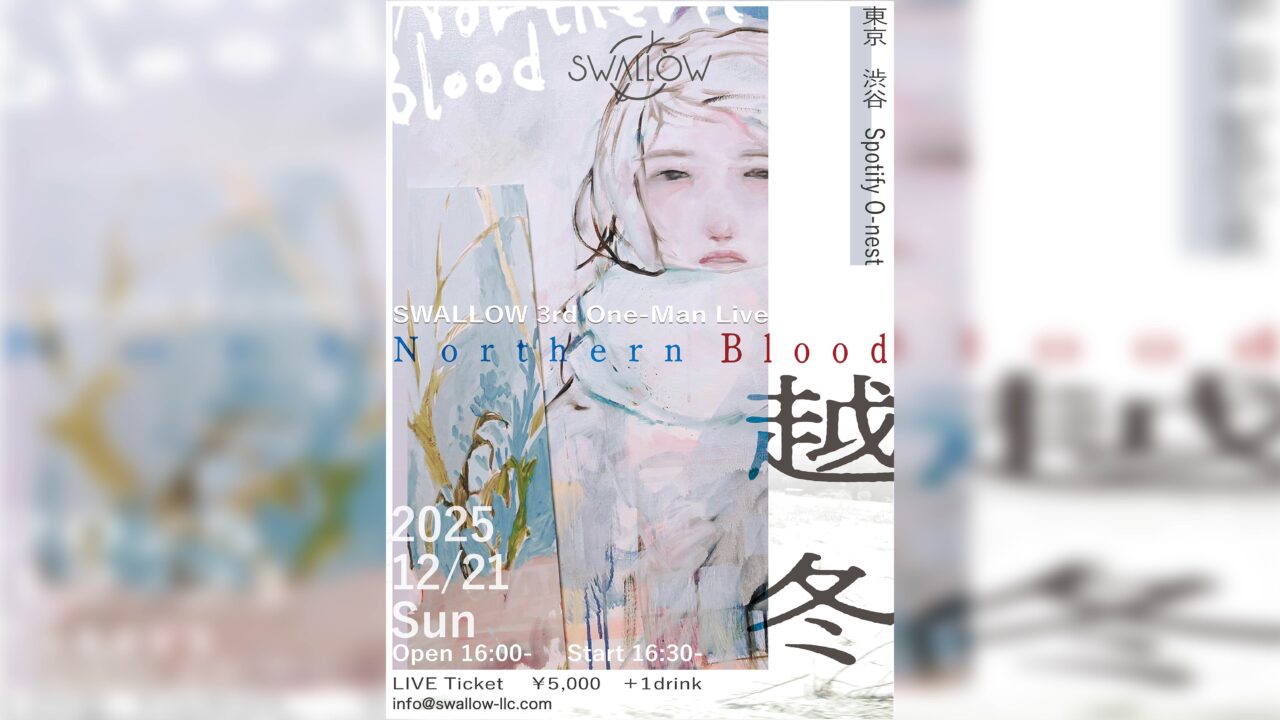The anime film ‘The Colors Within’ hit theaters on Friday, August 30, and it’s especially noteworthy as the latest collaboration from the creative team behind ‘A Silent Voice’: director Naoko Yamada, screenwriter Reiko Yoshida, and composer Kensuke Ushio.
Although both films focus on the emotions and communication struggles of young people, ‘The Colors Within’ takes a gentler approach, celebrating the beauty of “overflowing emotions” in a calm and soothing atmosphere.
INDEX
Themes of “Emotions” Echoed in ‘A Silent Voice’
While ‘A Silent Voice’ received widespread acclaim, it also sparked reactions from those who found the story, which revolves around childhood bullying, difficult to watch or even unsettling.
In contrast, ‘The Colors Within’, crafted by the same creative team, can be seen as a response to A Silent Voice. Rather than portraying the pain of bullying or strained relationships, it embraces the idea of “overflowing emotions” in a positive light. The film is filled with a calm and comforting atmosphere, devoid of any harsh conflicts, while still deeply addressing “youth communication.” Its delicate and thoughtful portrayal of emotions mirrors the strength of A Silent Voice, making it not only a must-watch for fans of the previous film but also for those who found A Silent Voice too intense. Let’s dive into the reasons why this film deserves attention, touching on its narrative elements.
INDEX
Music as a Medium for Unveiling Inner Feelings
High school student Totsuko, who attends a mission school in Nagasaki, meets Kimi, a girl working at a secondhand bookstore, and Rui, a boy secretly involved in music. Together, they form a band.
All three main characters share the trait of “hiding their feelings of affection.” Totsuko appears to be an innocent and cheerful girl but sometimes tells lies to maintain appearances. Kimi has not told her family about her school dropout, and Rui, despite his commitment to becoming a doctor to meet his mother’s expectations, is deeply passionate about music.

The film’s major appeal lies in how the true feelings of these three characters gradually spill out through their music. For example, when Totsuko makes an unexpected suggestion to form a band at the bookstore, and Kimi pleasantly agrees, Totsuko’s reaction is filled with surprise and joy, which is both endearing and heartwarming. This overflowing emotion of “liking” suggests that it’s okay to not hide one’s feelings, and that many people might find comfort in this openness.
INDEX
The Courage to Acknowledge Your True Interests
To better capture the idea of “it’s okay as it is,” here is a direct quote from the project proposal by director Naoko Yamada.
The acute sensitivity of adolescence has always been a constant, but what seems to be changing is how we perceive “social norms.”
In the past, the focus was on whether one could “read the atmosphere” or not. Today, this concept has become more nuanced and layered, with young people showing an impressive depth of thought on these issues.
There are now extensive guidelines for maintaining a clean boundary between oneself and others (society). People are managing the balance between surface-level “politeness” and their inner “self” with incredible attention to detail.
What happens when that balance is disrupted? It’s like water overflowing from a cup. I hope that their overflowing emotions can be channeled into something positive. My aim is to capture the strength of being able to confidently say “I like what I like.”
(From the proposal for this film by director Naoko Yamada, which can be found on the official website )
Indeed, young people, especially adolescents, are highly attentive to their communication. While controlled social norms and being mindful of others are important, director Naoko Yamada infuses this film with a sense of kindness, emphasizing the importance of acknowledging and embracing the overflowing emotions of “liking what you like” as a source of strength.
The theme of “hidden feelings overflowing” is also explored in films like “Liz and the Blue Bird” and “Tamako Love Story,” which were written by Naoko Yamada and Reiko Yoshida. Furthermore, just as the anime “K-On!” portrayed, the rich animation in ‘The Colors Within’ vividly expresses these emotions through its musical scenes. In this regard, ‘The Colors Within’ can be seen as a culmination of the creative work of these two collaborators.

























